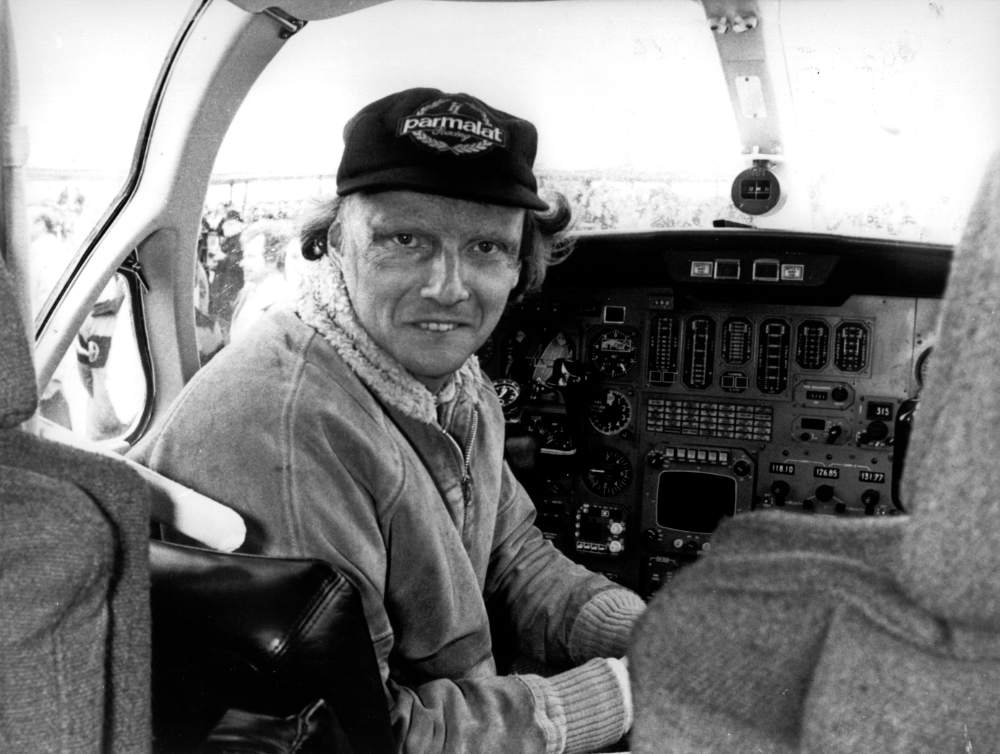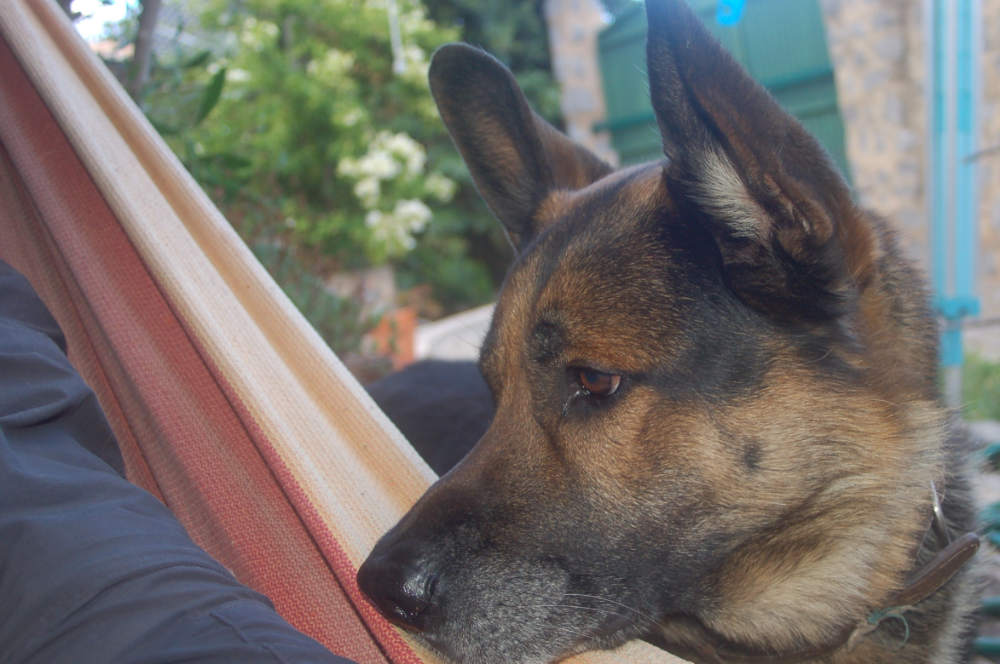Saturday 19th June 2021
Today the question is not which job I go for. It’s about a single principle which is a part of every job: to end the burning of fossil-fuels, while at the same time using cleanly produced energy. With a farmer it’s about the use of the tractor, the combine harvester, of tools powered by petrol or diesel fuel. This is also about whether I treat animals with respect; if I transition my farm to organic agriculture or continue to poison nature with glyphosate. This is also about natural fertilisation and so much more. Piloting a plane involves the burning of kerosine. With long-haul and taxi drivers it’s diesel fuel, and with many other professions there is hardly an alternative to burning petroleum derivatives. These will probably die off. Talk of zero emissions can only encounter a concrete solution if transports are pulled off the roads and put onto the railway, or avoided altogether. The railway as we know, runs on electricity. Personally, I have found a solution for myself, and it starts with the attitude where there is a will – there is a way. Nothing is easy in life, but it always starts with lightness. Which in fact I find in my hammock.
 Now I own a hammock I no longer need a watch. I’ll confess here that sometimes after lunch I lie down in this hammock to take a nap. It’s so comfortable lying in there. For this, you see, is a wide hammock, for two people. It was a birthday present at some point, or maybe it was the other way around. In any case, there was something about a birthday… Sometimes things become a bit hazy once I’ve lowered myself down into it. It’s like transitioning from one world to another. To a climate-neutral world. So while I’m taking this snooze, looking up into the blue sky, I see a little white cloud being blown from the northwestern horizon in a southeasterly direction out to sea. I close my eyes. It’s a good feeling. My horizon opens up. I am hanging in the shade of a pepper tree and my dog is playing with a lemon that he’s nearly sucked dry. He’s now trying to place this yellow object in my nice hammock. Come on, he says, play with me… If work is the continuation of play, as I once thought when I was still a child, then …
Now I own a hammock I no longer need a watch. I’ll confess here that sometimes after lunch I lie down in this hammock to take a nap. It’s so comfortable lying in there. For this, you see, is a wide hammock, for two people. It was a birthday present at some point, or maybe it was the other way around. In any case, there was something about a birthday… Sometimes things become a bit hazy once I’ve lowered myself down into it. It’s like transitioning from one world to another. To a climate-neutral world. So while I’m taking this snooze, looking up into the blue sky, I see a little white cloud being blown from the northwestern horizon in a southeasterly direction out to sea. I close my eyes. It’s a good feeling. My horizon opens up. I am hanging in the shade of a pepper tree and my dog is playing with a lemon that he’s nearly sucked dry. He’s now trying to place this yellow object in my nice hammock. Come on, he says, play with me… If work is the continuation of play, as I once thought when I was still a child, then …
… and then I turn onto the other side to escape the range of a wet snout. Go on, let me lie here and don’t disturb my lovely slumber, I whisper to him. I need my time to dream. The dog is not taking me seriously though, is laughing at me in fact, as he follows me on to the other side. In fact, I am lying in this hammock to relax. And it’s true, you can forget the world around you. Everything becomes so easy. Sometimes I fall into a trance and am no longer sure whether I am still awake or already asleep, already dreaming maybe, or whether it’s only my imagination playing tricks on me. In a good hammock the world becomes so light that you feel like you’re on a journey. A trip that’s free of charge and climate neutral by definition. In the meantime the cloud has moved on, out of my field of vision. Today there are no planes in the sky. It’s a Sunday, with fewer tourists travelling. I am reminded of the many aviation pilots and their CO2 footprints. It’s making me dizzy. From afar snatches of roaring motors from the racing circuit at Portimão are drifting over to me. But they too slowly pass. And so I am imagining to allow my words to take flight, to join my thoughts that are already travelling.
Not so long ago a student was asking me how I’d be able to put the theoretical phrase „less is more“ into practice. My spontaneous reply was that we are living more slowly without watches. The years and days are passing more leisurely. In my philosophy of time the hammock has taken up a very important place. It is hanging in space, swinging in time. A cord is dangling down from above, and if things are getting overly calm I pull it a little and set myself moving again. My mobile phone is on silent, the watch has been dropped somewhere and long forgotten. Now I am swinging back and forth just as in my younger days. Journalists should determine their working days from the comfort of their hammocks, not the other way round. It’s about priorities. There is something meditative about the state I enter at this point. All worries are forgotten, everything that’s fast slows down, all problems encounter their own solutions – which of course isn’t true. But in the hammock I gain an impression of my own world, which in reality is moving at a speed of over 107,000 kilometres an hour through time and space in the universe, allowing me to become real slow and real small. In most cases being in my hammock enables me to make fundamental decisions. How do I start a story and how do I let it end? How does a journalist become climate neutral? Meanwhile, the student is still looking at me, with question marks in his eyes. Slowing down stands in correlation with becoming mindful. While swinging gently in my hammock I am not producing any CO2, am not transforming any fossil fuels into bad climate and am not insisting on being effective, efficient or progressive. The rat race, to always want to be first and faster than the others, is so far removed from me now that I am already giggling about it. We want to lead climate neutral lives, but how do we do that? My hammock puts me into a state of being in tune with myself, able to make my own decisions. All of a sudden I feel balanced. For a good while now I’ve refused to use a plane to exercise my profession, or to go on holiday by plane. Whenever I experience longing, I place myself in my hammock.
Escape the city, escape to the countryside. As I find myself explaining to the student, if you dare swap your watch against a hammock you’ll know soon enough how late it is. Did the watch help us protect the climate? Over the course of the day the sun moves from east to west, as the earth is turning eastwards, and usually you’ll wake up early enough in the afternoon to water your potatoes and vegetables in the field, so you can feed yourself and those close to you. The student is looking at me with expectation in his wide-open eyes, still waiting for concrete advice on how people may achieve this goal of living in harmony with nature. Slow down, take on fewer things: one appointment and issue to deal with in the morning, another in the afternoon. Look closely at what you are seeing. Take care in the things you do. Nobody is forcing you into a schedule. Sometimes I work very long hours, others not at all. No-one can force me to divide 40 hours up into five or six days. And my Sunday may happen on a Wednesday. All this is my decision, and everyone can choose their profession like my dog does with his toys. If a lemon has fallen from the tree to the ground he’ll play with that. My time in the hammock is now over. The dog is insisting that I play with him. Can you deny him that pleasure?
 Eco123 Revista da Economia e Ecologia
Eco123 Revista da Economia e Ecologia




